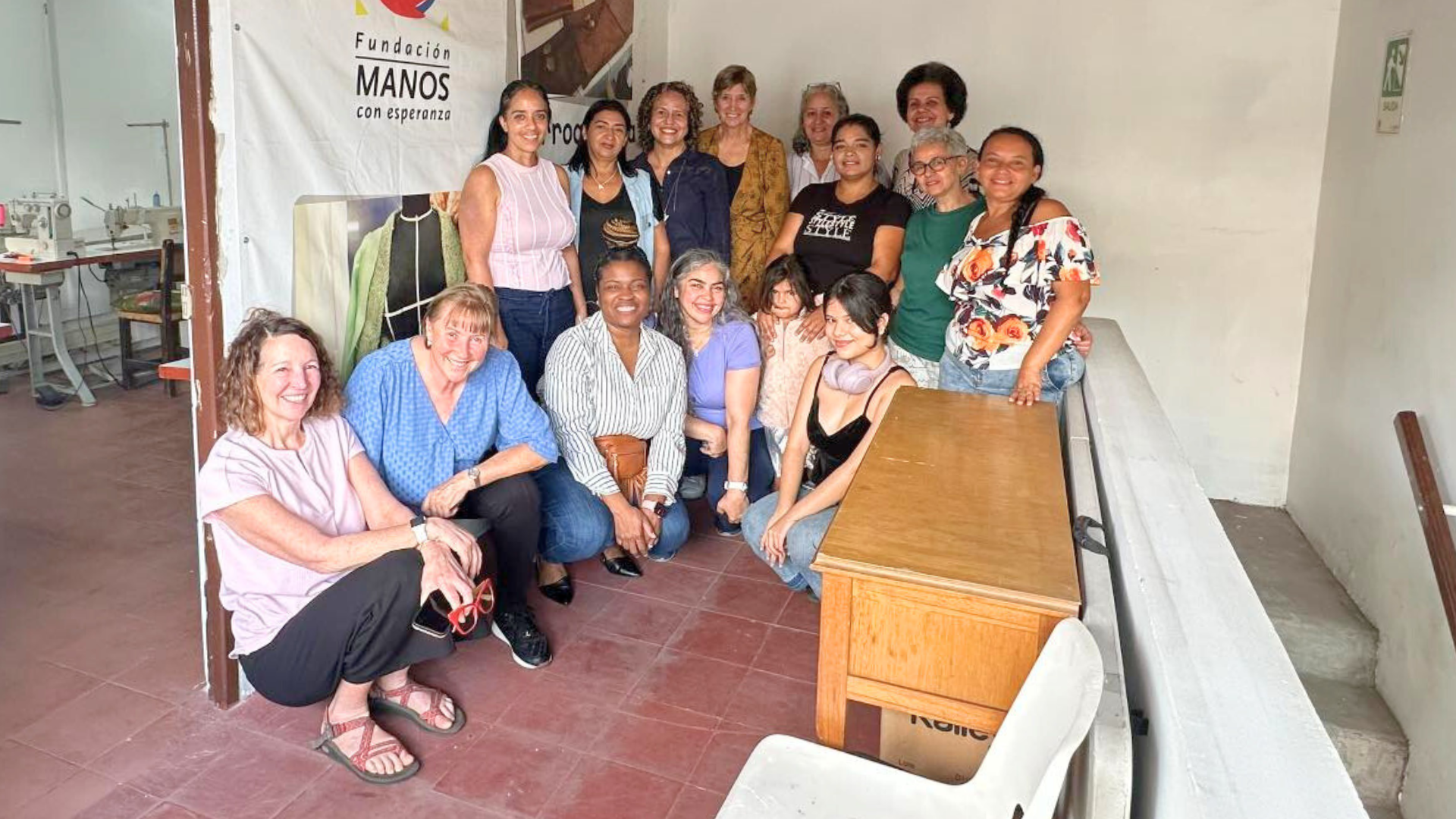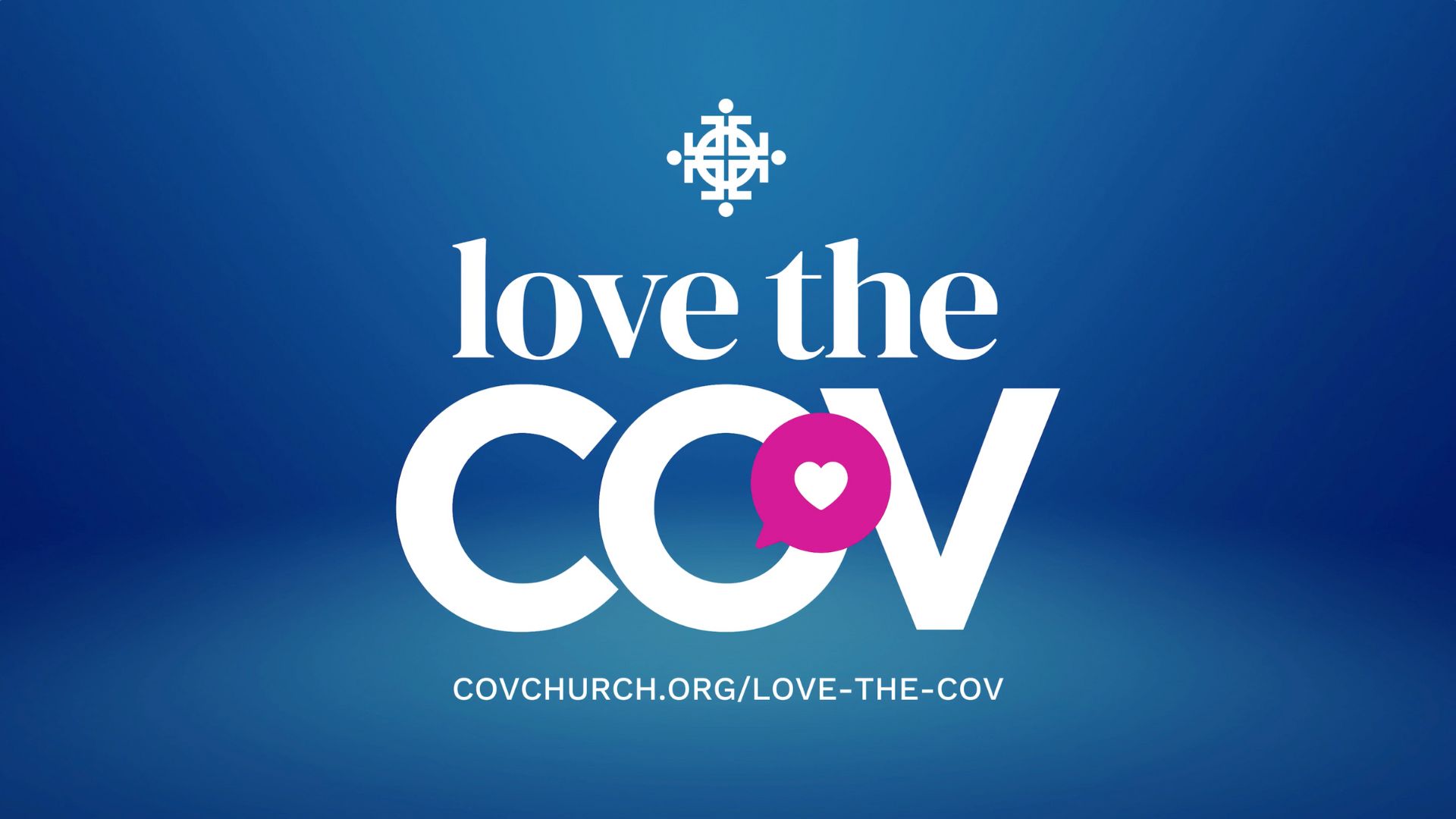By Stan Friedman
CHICAGO, IL (February 27, 2012) – Few people paid attention to Michelle Alexander’s book, The New Jim Crow: Mass Incarceration in an Age of Colorblindness, when it was released two years ago. Slowly but surely, however, study groups in churches and elsewhere focused on the book, and word began to spread. It is now arguably the most influential book about mass incarceration.
The New Jim Crow has played a major role in spurring leaders of the Evangelical Covenant Church to make mass incarceration the focus of the denomination’s Matthew Micah initiative announced during the recent Midwinter Conference. Superintendents and top administrators have read the book and formally discussed it.
Alexander, a civil rights attorney and former law clerk for U.S. Supreme Court Justice Harry Blackmun, intended the title of her book to be ironic. At a time when the country has celebrated the election of Barack Obama and there has been talk of a post-racial society – which she calls naïve – “we are blind to the fact that people of color are incarcerated at far higher rates than whites and are now a racial “undercaste.”
In a recent interview with Covenant News Service, Alexander said she does not want to remove responsibility from individuals for their actions, but points out that black youth suffer far more dire consequences than do whites who often are never arrested. “We’re so eager to heap shame and blame upon young kids of color growing up in desperately poor communities, making the same kinds of mistakes that young people make in middle class white communities, and on college campuses.” Watch the first of several video excerpts: If Obama Had Lived in the Hood.
Jim Crow laws mandated segregation while also claiming that the system provided separate but equal access to everything from bathrooms to schools to jobs to political offices. Although courts had begun dismantling Jim Crow laws on the margins, the Voting Rights Act of 1965 ended the last legal vestiges. At least until the War on Drugs.
The war has prevented blacks from participating equally in society, Alexander said. The new Jim Crow may be even more insidious than past incarnations because people don’t realize it is happening. In her book, Alexander writes, “We have not ended racial caste in America; we have merely redesigned it.”
Alexander said the Reagan Administration launched the war, despite declining drug use in the country, as part of a “Southern Strategy” to appeal to voters in that important region of the electorate. Not wanting to be seen as soft on crime, both political parties have pursued “get tough” policies that have again ingrained Jim Crow in society, she maintains.
The war has been waged in black neighborhoods far more vociferously than in white communities even though studies have shown both communities use and sell drugs at the same rate, Alexander said. The result has been a greatly disproportionate number of blacks – many of them nonviolent offenders – being arrested and imprisoned for felonies.
People convicted of felonies are reduced to second-class citizen status without access to public benefits such as housing and food stamps, as well as the right to vote, and they can be legally discriminated against when looking for jobs.
Alexander believes the system is supported in large part by people such as herself who didn’t realize what is happening. Major civil rights organizations also share responsibility and have been slow to respond, she adds.
“I think so many of us who claim to care have found ourselves deeply complicit in one way or another, sometimes through our silence, sometimes through our inaction,” Alexander said. The lack of knowledge also has played a major role in maintaining the system. She wrote the book to “make the invisible visible.” Excerpt two: I’ve Been Complicit.
“I think we’ve got up to face up to the fact that we as a nation have made a choice,” Alexander said. “We’ve made a choice that some people, some communities defined largely by race are disposable, and rather than investing in them, we’ve been willing to lock them up and lock them out.”
The system functions from “cradle to the grave” to develop a fatalism among blacks and other people of color, Alexander said. Young people begin to believe being arrested is part of what it means to be black and that even doing well in school will not keep them from at least being harassed by police.
Alexander says that media images celebrating the “thug life” are partially to blame, but she adds that many youth of color often embrace those images because it is a “coping mechanism. By embracing their stigma, they are trying to carve out an identity that helps them survive in a world that already has determined they are criminals.” Excerpt three: Six Destructive Coping Mechanisms.
When criminal acts are committed in their neighborhoods, mothers suffer a tension that pits desire for their children to be safe against the belief that increased police presence also will lead to their sons and husbands being caught up in an unjust system. Ultimately, mothers opt for more police, Alexander said.
She is angered that the women have to make that choice. “When those communities ask for good schools, they’re told no. When they ask for jobs, economic investment in their communities, they’re told no. The only things poor folks of color ask for and get are police and prisons.” Excerpt four: Locked Up and Locked Out.
The situation has now become so ingrained that it has caught up Hispanics and whites living in lower economic classes, Alexander added. It also has become an integral economic part of communities where prisons have been built.
When inmates are released back into their communities, they often find the church has stigmatized them just as the rest of society has done. The church heaps blame on the returnees as well as their families. But if churches act as they are supposed to, they will become places where those who have been outcasts can experience “genuine care, compassion, and concern.” Excerpt five: Loud and Clear.
Alexander says she understands that congregation members might be hesitant for their churches to become involved with people who have been incarcerated, but that fear is based on a false stereotype. “The folks who are returning home are some of the best people you’re going to meet. You know, just because they got caught breaking a law doesn’t make them fundamentally different from those who have not. The overwhelming majority of the people swept into our prisons today – an overwhelming majority – are convicted for nonviolent offenses.” Excerpt six: Some of the Nicest People.
In addition to helping individuals who are released from prison, faith communities also must join with others to address the systemic changes that need to be made, Alexander says. “I have to say, if the church isn’t willing to speak out for the basic human dignity of each and everyone of us, including the least of these, who will? Are we looking to our politicians to deliver that message?
“It’s got to come from us. It’s our responsibility. It’s really our privilege to be the ones to stand up and speak that truth even when it seems like few are listening or want to hear.”
There is a growing movement to change the system because of the economic costs to keep it operating, Alexander said, but that motive falls far too short and is “terribly misguided” because it does not address the underlying issue of human dignity.
The church must lead the “peaceful revolution” that will bring about deeper changes. “If we build a moral consensus in the United States that each and every human being – no matter who you are or what you have done – is entitled to basic human dignity, care and concern, we will prevent the emergence of any caste-like system being born again in the United States.”
Editor’s note: click here to watch the full interview. Click here to purchase a copy of the book from Covenant Bookstore.












